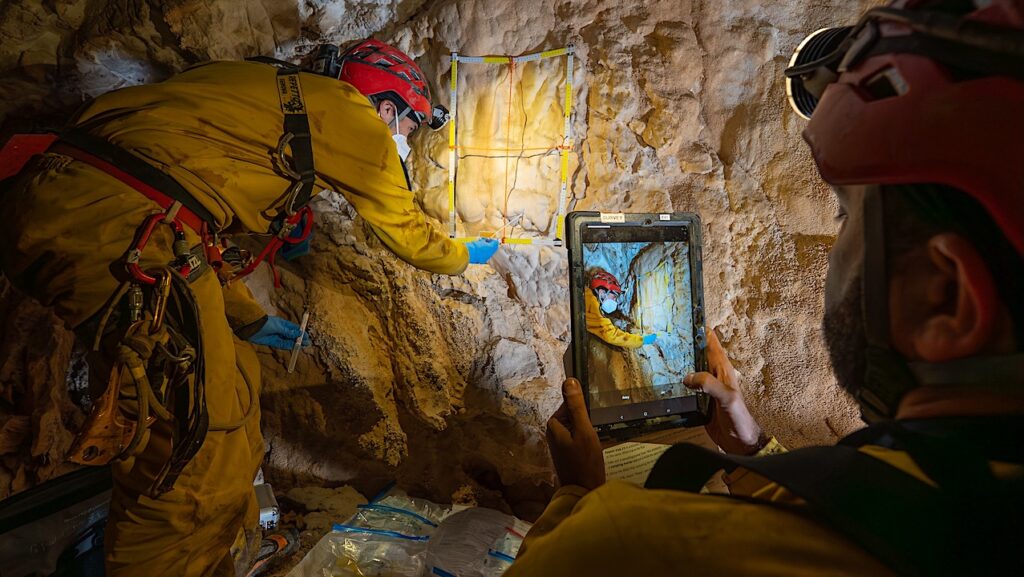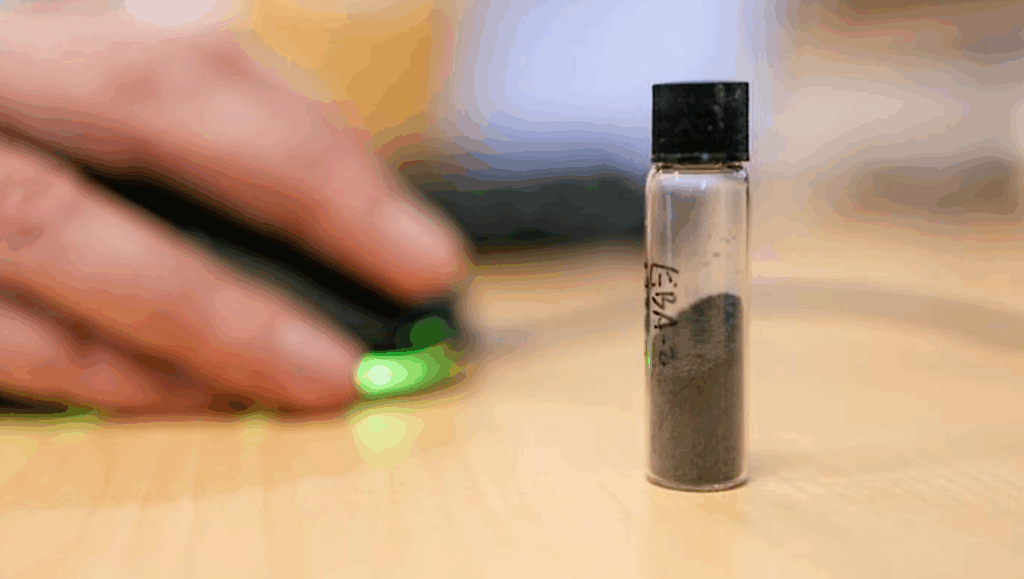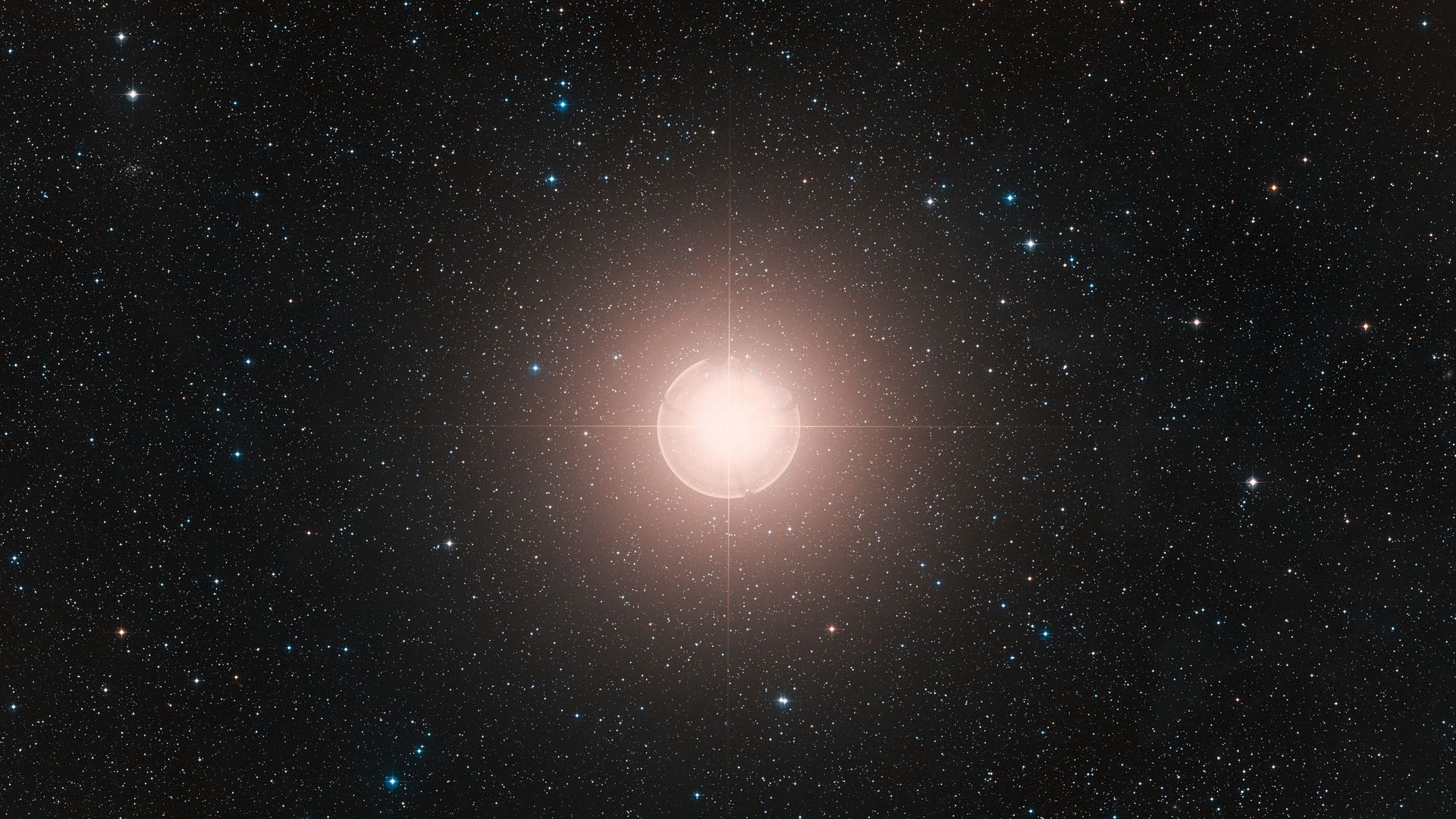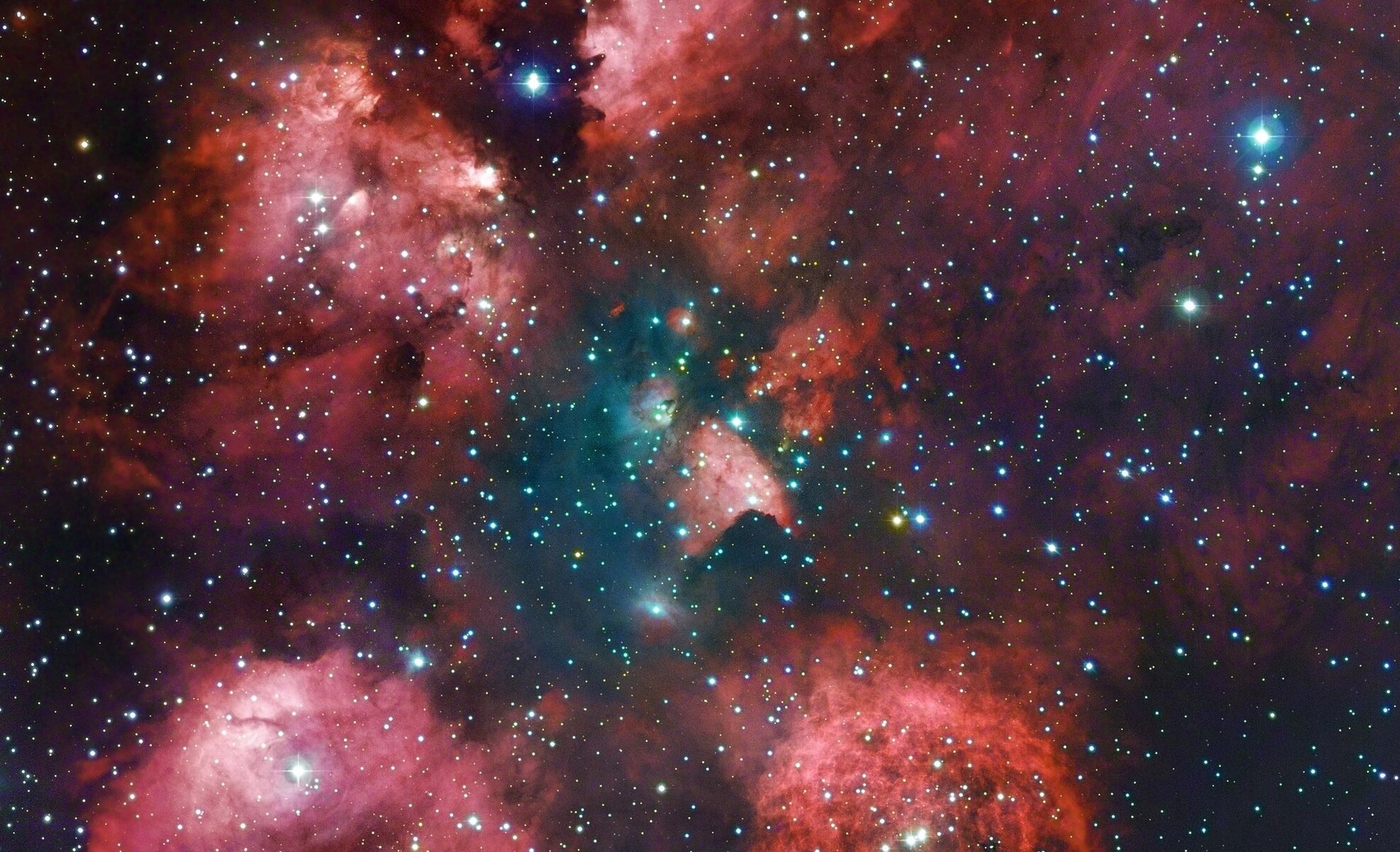Now Reading: Life Detection Knowledge Base: Assessment Criteria for Potential Biosignatures
-
01
Life Detection Knowledge Base: Assessment Criteria for Potential Biosignatures
Life Detection Knowledge Base: Assessment Criteria for Potential Biosignatures
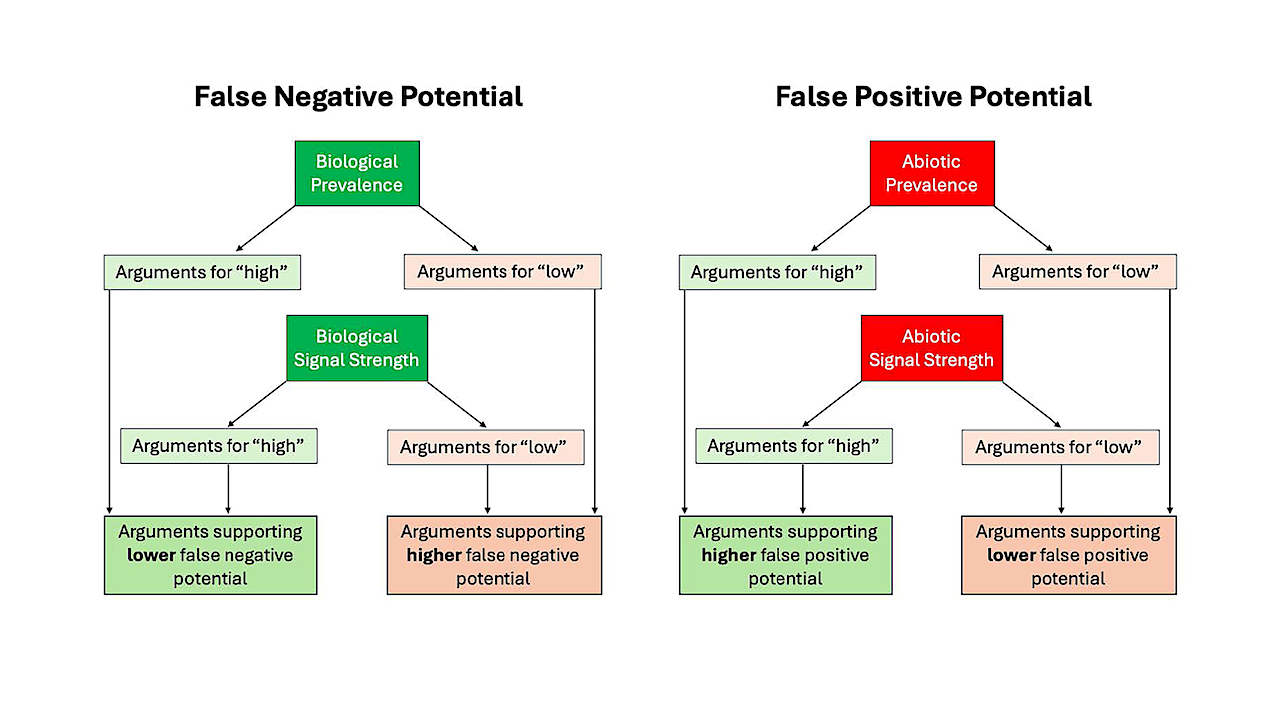

Schematic representation of the relationship between criteria, “arguments,” and false positive/negative potential within the Life Detection Knowledge Base (LDKB). Knowledge sourced from peer-reviewed publications is represented in the LDKB in the form of user-created “arguments” that are organized according to whether they (i) relate to biological or abiotic sources of a given PB, (ii) concern prevalence or signal strength, and (iii) argue for high versus low prevalence or signal strength. PB, potential biosignature. — Astrobiology via Sage Journals
Astrobiology and the search for evidence of life beyond Earth are now key drivers for planetary science and astronomy missions.
Efforts are underway to establish evaluative frameworks to interpret potential signs of life in returned data. However, there is a need for a “before-the-fact” system to assess mission science risk and the potential false negative and false positive results.
The Life Detection Knowledge Base (LDKB) is a community-owned web tool that organizes the scientific literature and enables discourse and evaluation of potential biosignatures (defined to the same level of granularity) relative to a set of standard criteria. This article details the development of draft criteria and their utilization as an organizing basis for the LDKB and their vetting by the astrobiology community via two workshops.
We report the incorporation of community feedback to generate a finalized set of criteria, which delineate contributing factors to the potential for false negative or false positive results in the search for evidence of life within and beyond our solar system.
Astrobiology, NASA,
Stay Informed With the Latest & Most Important News
Previous Post
Next Post
-
 012024 in Review: Highlights from NASA in Silicon Valley
012024 in Review: Highlights from NASA in Silicon Valley -
 02Panasonic Leica Summilux DG 15mm f/1.7 ASPH review
02Panasonic Leica Summilux DG 15mm f/1.7 ASPH review -
 03How New NASA, India Earth Satellite NISAR Will See Earth
03How New NASA, India Earth Satellite NISAR Will See Earth -
 04From Polymerization-Enabled Folding and Assembly to Chemical Evolution: Key Processes for Emergence of Functional Polymers in the Origin of Life
04From Polymerization-Enabled Folding and Assembly to Chemical Evolution: Key Processes for Emergence of Functional Polymers in the Origin of Life -
 05And Thus Begins A New Year For Life On Earth
05And Thus Begins A New Year For Life On Earth -
 06Astronomy Activation Ambassadors: A New Era
06Astronomy Activation Ambassadors: A New Era -
07SpaceX launch surge helps set new global launch record in 2024













